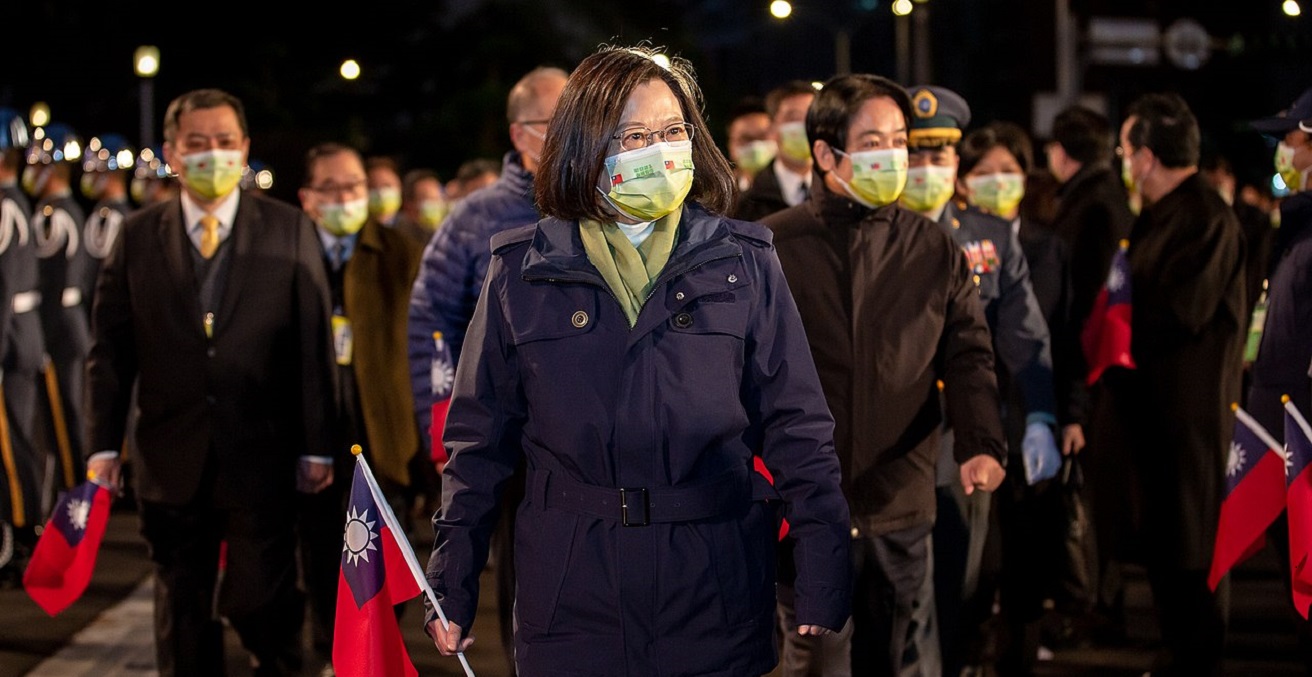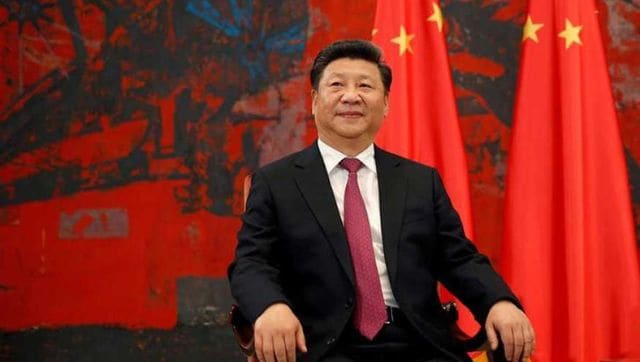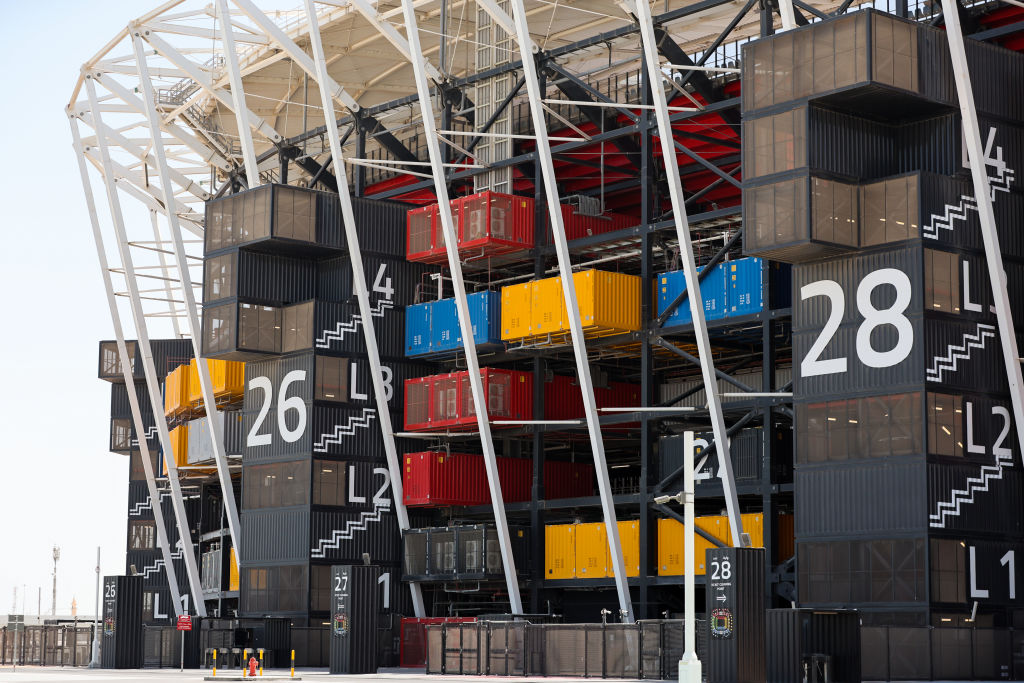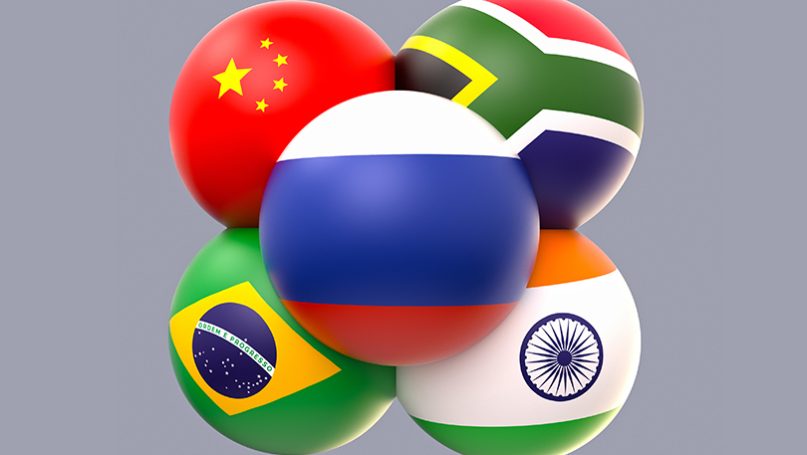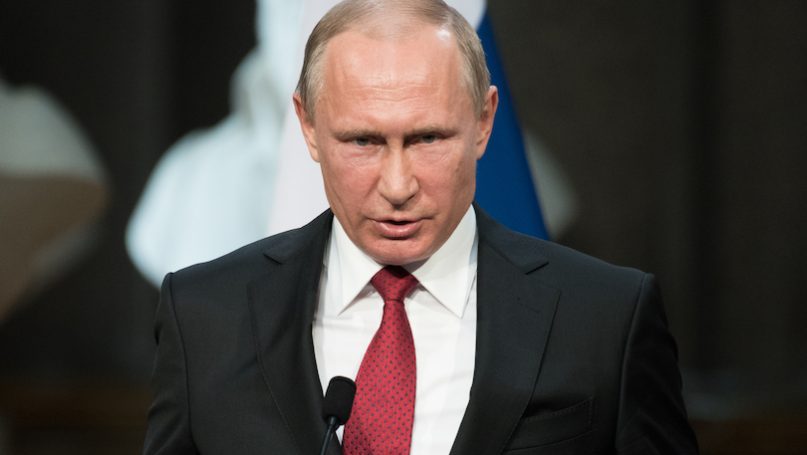Nitin Pai, Pranay Kotasthane, Bharath Reddy
Executive Summary
This is a working draft that we would like people to contribute to. In the spirit of open source, we invite contributors to build on and add to the ideas in this document. If you have any feedback or would like to contribute to any of the sections in this document, please contact us at research@takshashila.org.in or raise it as an issue on this GitHub repository.
"Open Tech" refers to technology that is transparent, inclusive and embodies the freedom to use, study, modify and redistribute to the maximum extent possible.
The definitions of open-source software, open standards, and open-source hardware are well understood. "Open Tech" is used as an umbrella term that includes all of these technology areas.
Open Tech can help India achieve techno-strategic autonomy, economic growth, technology leadership, and skill development. Transparency and inclusivity also help foster trust, broaden access to technology and further democratic values.

